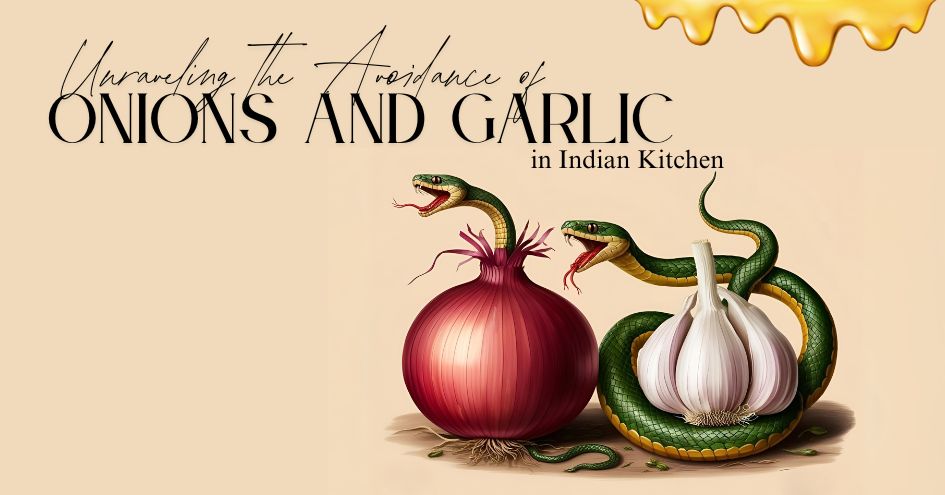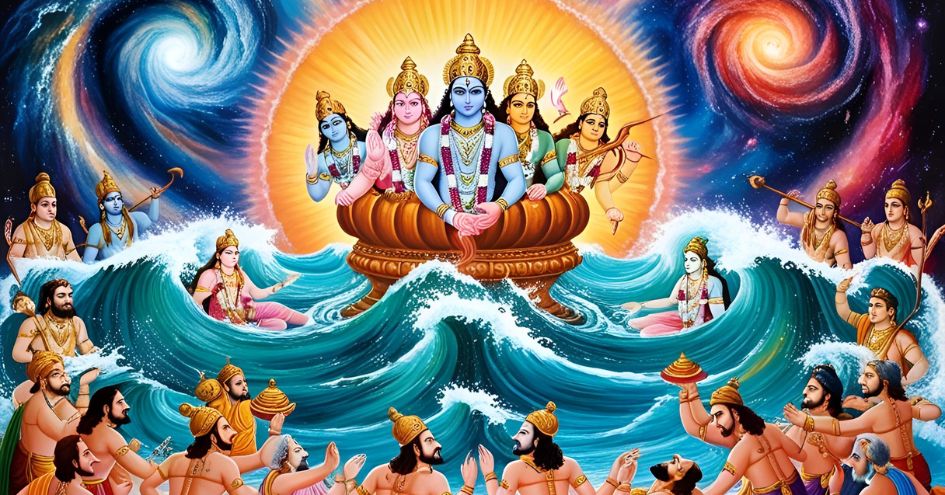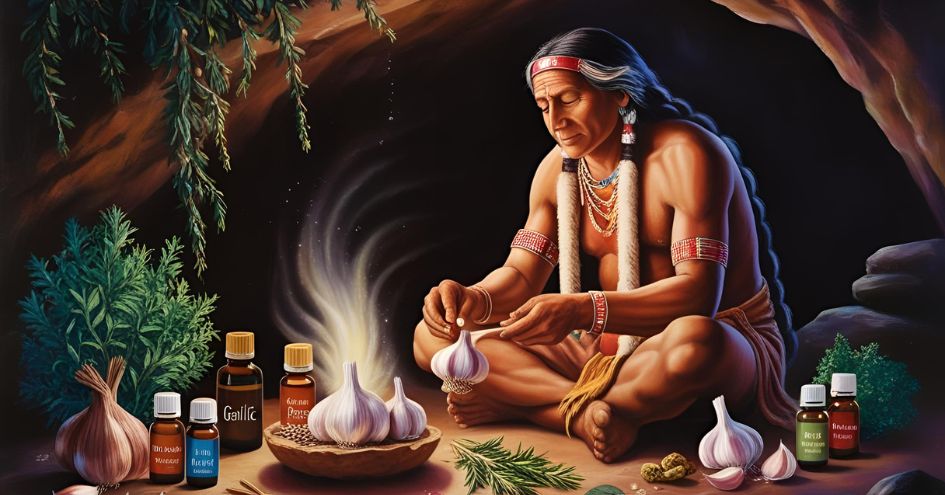
Can onions and garlic be consumed? For many adherents of Hinduism, Jainism, and other spiritual paths originating from the Indian subcontinent, these pungent bulbs are conspicuously absent from their plates, particularly during sacred occasions or as part of a spiritually-oriented lifestyle. This avoidance prompts an intriguing question: why are these universally utilized ingredients eschewed? The answer is not singular but rather a complex, owing to religious doctrine, ancient history, traditional medicinal wisdom, and deeply ingrained cultural practices.
The traditions that advocate for this dietary exclusion often point to a holistic worldview where food is not merely sustenance but a potent force that influences consciousness, spiritual well-being, and ethical conduct. This perspective, where diet is intrinsically linked to one's inner state, contrasts with many contemporary Western views that primarily see food as fuel or a source of pleasure. The very act of questioning this avoidance hints at a profound cultural and philosophical framework. Furthermore, the reasons cited—spanning the religious, the Ayurvedic, and the cultural—are not seen as disparate but as interconnected facets of a comprehensive understanding of life.
Churning of the Ocean of Milk
One of the most profound and dramatic narratives in Hindu history, the Samudra Manthan (the Churning of the Ocean of Milk), offers a pivotal explanation for the unique status of onion and garlic. This epic tale is not merely a creation story but a rich allegory for the spiritual journey itself, symbolizing the internal churning of consciousness required to attain self-realization, a path fraught with both divine rewards and perilous challenges.

The cosmic drama commenced under dire circumstances. Indra, the king of Devas, puffed with pride, disrespected a sacred garland offered by the formidable Sage Durvasa. The sage, known for his fiery temper, unleashed a curse, stripping the Devas of their strength, brilliance, and fortune, leaving them vulnerable to their perennial adversaries, the Asuras. Defeated and disheartened, the Devas sought the counsel of Lord Vishnu, the preserver, who advised an audacious plan: to churn the primordial Kshirasagara (Ocean of Milk) to obtain Amrita, the nectar of immortality. This monumental task, however, required an alliance as unlikely as it was necessary—cooperation with the Asuras themselves, the typical leela of Vishnu.
Shadowy Rahu and Severed Ketu
However, the appearance of Amrita immediately shattered the fragile alliance. The Asuras, driven by their insatiable desire, snatched the pot of nectar and made to flee. In desperation, the Devas appealed to Lord Vishnu. To retrieve the Amrita and ensure its rightful distribution, Vishnu assumed the form of Mohini, an enchantress of unparalleled beauty and allure. Her captivating charm easily beguiled the Asuras, who, mesmerized, entrusted her with the pot and the task of distributing the nectar.
Mohini, with divine cunning, arranged for the Devas and Asuras to sit in separate rows, proceeding to serve the Devas first. However, one astute Asura, Svarbhanu, saw through the ruse. Disguising himself as a Deva, he stealthily positioned himself between Surya (the Sun god) and Chandra (the Moon god) and managed to receive a portion of the Amrita. The ever-vigilant Surya and Chandra, with their inherent luminosity, detected the imposter and instantly alerted Mohini.
Before the nectar could pass fully down Svarbhanu's throat, Mohini, reverting to her divine Vishnu form, unleashed the Sudarshana Chakra, her formidable discus, severing the Asura's head. Because a few drops of Amrita had already touched his lips and entered his throat, both the head and the headless body became immortal. The head came to be known as Rahu, and the tormented, thrashing body as Ketu. This dramatic episode not only explains the origin of these celestial entities but also serves as a poignant reminder of the eternal vigilance required on any path of spiritual attainment, highlighting how illusion (Maya), represented by Svarbhanu's disguise, can subtly infiltrate even the most sacred endeavors. The creation of Rahu and Ketu as immortal yet incomplete beings embodies the profound concept of unresolved karma and the persistent, often disruptive, nature of desire and its consequences.

But how is this related to Onion and Garlic?
The story of Rahu and Ketu directly links the genesis of onion and garlic to this celestial drama. As Svarbhanu's head was severed, it is said that drops of Amrita, mingled with the Asura's blood or simply drops of nectar that had touched his demonic lips, fell from his severed throat onto the earth. From these potent, dually-charged drops, the plants of onion and garlic are believed to have sprouted.
This origin story endows onion and garlic with a paradoxical nature. They are seen to possess nectar-like medicinal qualities derived from the Amrita, yet they also carry the Tamasic (ignorant, dulling) or Rajasic (passion-inducing, agitating) influence of their association with the Asura. Thus, while acknowledged as "nectar for mortals" in terms of potential health benefits, followers of Lord Vishnu and other spiritual aspirants often avoid them, fearing that their consumption might attune their consciousness to the very demonic qualities of passion, agitation, and ignorance that hinder spiritual progress.
Other legends related to onions and garlic
Another, particularly Vaishnava, tradition offers a different origin, linking onion and garlic to the flesh and bones of a cow that was part of a sacrificial ritual gone awry. This perspective further solidifies their avoidance within these communities, sometimes classifying them as akin to non-vegetarian food. The dual origin story, particularly the Amrita-Asura connection, serves as a powerful metaphor for many aspects of life that embody both beneficial and potentially detrimental qualities, underscoring the necessity for discernment in consumption—not just of food, but of all experiences and influences.
When not to consume onions and garlic?
The avoidance of onion and garlic is uniformly practiced across all Hindu and Jain communities at all times. However, it becomes particularly pronounced during specific religious festivals, fasts (Vratas), sacred rituals (Poojas), and for individuals deeply committed to a spiritual path, such as ascetics and yogis. These periods and lifestyles often demand a heightened state of purity, mental clarity, and sensory control, for which onion and garlic are considered detrimental.
During Navratri, the nine-night festival dedicated to the Goddess Durga, many Hindus abstain from onion and garlic. Chaturmas, the four holy months of the monsoon season, is another period when many devout Hindus undertake intensified spiritual practices and adopt dietary restrictions, including the avoidance of onion and garlic. On Ekadashi (the eleventh day of each lunar fortnight), a day of fasting and devotion particularly observed by Vaishnavas, many abstain from grains and often extend this to onion and garlic to maintain a state of ritual purity and focus.
Another significant area where this restriction is almost universally observed is in the preparation of Prasadam or Naivedya—food offered to deities in Hindu temples and home shrines.
Why Jains avoid onions and garlic?
For Jains, the avoidance of onion, garlic, and other root vegetables is a cornerstone of their dietary practice, deeply embedded in the cardinal principle of Ahimsa (non-violence). This is particularly stringent during Paryushan Parva, their most important festival, which involves intense fasting, prayer, and introspection. The reasoning is twofold: first, uprooting these vegetables inevitably causes harm to the entire plant and, crucially, to the countless microscopic organisms (nigodas) that are believed to reside in and around the roots. Such an act, even if unintentional, incurs negative karma.
Beyond specific festivals, individuals dedicated to a rigorous spiritual path—yogis, monks, ascetics (sadhus, sannyasis), and serious spiritual aspirants in traditions like Vedanta and Bhakti yoga—often adhere to a diet free of onion and garlic. The rationale is consistent: these substances are believed to agitate the mind, excite the passions (especially sexual desire), dull the intellect, and create obstacles in meditation and the pursuit of higher consciousness.

The question of whether consuming onions and garlic is accepted is nuanced within Hindu traditions. The scriptural and traditional perspectives offer a more complex picture, distinguishing between general consumption and specific contexts or individuals.
"Medicine, not Food" Paradigm
Several Dharmashastras (texts on righteous conduct and law) address the status of these foods. The Manusmriti (Laws of Manu), a significant, albeit sometimes contested, text, in verse 5.5, explicitly forbids the consumption of garlic, leeks, onions, mushrooms, and anything arising from impure substances. Medhātithi's commentary on this verse elaborates that these items are deemed unfit for eating due to their impure origins or characteristics. The Markandeya Purana also advises avoiding them in Shraddha ceremonies (rites for ancestors) due to their undesirable taste and characteristics.
The consumption of these forbidden items by those for whom they are proscribed is sometimes stated to necessitate Prayaschitta (expiatory rites) to restore purity. For instance, the sage Brihaspati, in the Prayaschit Kanda, is quoted as saying that those who eat garlic, kavak (a type of mushroom or similar food), grunjan (a bulbous root similar to garlic), and onion, even accidentally, should perform a Taptakrucha Vrata (a type of penance involving specific fasting and austerities) to cleanse themselves. Shatanand, a commentator on the Shikshapatri of the Swaminarayan tradition, explains that such prohibitions apply to all Hindus and that intentional consumption for pleasure by those who should avoid them is a significant transgression.
This leads to the "medicine, not food" paradigm. While scriptures may forbid them as regular dietary items for certain individuals due to their Rajasic and Tamasic properties which can agitate the mind or dull the senses, their therapeutic use is often permitted. The sage Yagnavalkya is cited as stating that "The use of onion/garlic is not forbidden when used as a cure for some illness".
This distinction is vital: a substance's permissibility can shift based on intent and context. What might be detrimental as a regular food item for a spiritual aspirant seeking calmness can be beneficial as a targeted remedy for a specific ailment. The philosophy lies not in the substance itself but in its inappropriate use—consuming it for sensory pleasure or as regular food when one's spiritual discipline or societal role dictates otherwise. Because the very texts and traditions that may caution against the regular dietary use of onion and garlic extol their virtues as powerful medicines. Garlic, in particular, is often referred to as Mahoushadha (great medicine).
Classical Ayurvedic texts are replete with references to garlic's therapeutic applications.
Beyond these classical citations, garlic is widely recognized in Ayurveda for boosting the immune system, treating colds and flu, purifying the blood, combating infections, aiding digestion, and preventing heart disease.
Onion too, is valued for its medicinal attributes.
The extensive documentation of these medicinal applications in revered ancient texts firmly establishes the therapeutic importance of onion and garlic in traditional Indian healthcare. This creates a compelling juxtaposition with their dietary restriction in spiritual contexts. The designation of both as Rasayanas signifies their profound, vitality-enhancing capabilities. Their exclusion from a spiritual diet, which also aims for a higher state of vitality and consciousness, suggests that the path to well-being for a yogi or spiritual seeker prioritizes mental and spiritual refinement over purely physical rejuvenation if the latter involves Rajasic or Tamasic stimulation.
Modern usage and practices
In the culinary landscape, the demand for food prepared without onion and garlic remains significant enough to influence commercial offerings. Many restaurants, particularly those catering to Jain communities or individuals following Sattvic or Vaishnava dietary principles, prominently feature "No Onion, No Garlic" options or entire menus dedicated to this style of cooking.
Spiritual communities and ashrams worldwide, especially those rooted in Yoga, Vedanta, or Bhakti traditions, often maintain kitchens that strictly exclude onion and garlic. The tradition of preparing temple food (Prasadam) without onion or garlic remains a widespread and deeply respected practice in the vast majority of Hindu temples.
The avoidance of onion and garlic in many Hindu, Jain, and other Indian-origin spiritual traditions is far more than a dietary idiosyncrasy. It is a practice deeply embedded in a sophisticated and internally consistent worldview where food, ethics, health, and spiritual destiny are inextricably linked. These dietary choices are not arbitrary rules or mere superstitions. They are integral components of a holistic approach to life that seeks harmony between the physical body, the mind, and the spiritual self. The avoidance of onion and garlic, therefore, serves as a profound cultural marker, differentiating various Indian spiritual traditions and underscoring their unique philosophical commitments. It reflects a deep-seated value placed on holistic well-being, where mental, ethical, and spiritual health are considered as vital as physical health, and where ancient wisdom continues to inform and shape the daily lives and spiritual aspirations of millions.
 Vigneshwaran, Senior Correspondent of TheVerandahClub.com is both a skilled digital content writer, story teller and marketer by profession, as well as an avid independent writer driven by his passion. His literary talents extend to crafting beautiful poems and captivating short stories including the Sehwag Tales series. In addition to these creative pursuits, he has also authored a book titled "Halahala," which can be found on Wattpad.
Vigneshwaran, Senior Correspondent of TheVerandahClub.com is both a skilled digital content writer, story teller and marketer by profession, as well as an avid independent writer driven by his passion. His literary talents extend to crafting beautiful poems and captivating short stories including the Sehwag Tales series. In addition to these creative pursuits, he has also authored a book titled "Halahala," which can be found on Wattpad.